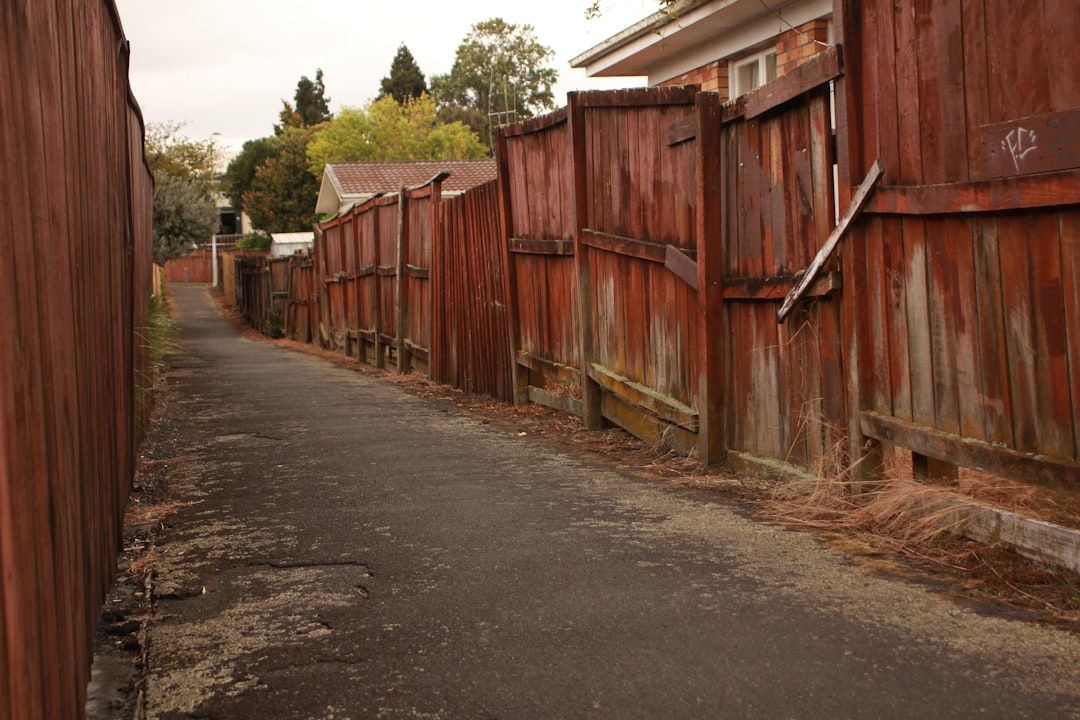
Installing a security gate in a residential community is a significant investment. As of 2025, the cost for a standard 12-foot residential slide gate in the Bay Area ranges from $11,400 to $14,150. This guide provides a detailed breakdown of cost drivers, helping construction professionals budget accurately and secure reliable bids.
1. Gate Type
• Swing gates: Lowest material cost but require larger clear areas.
• Slide gates: Ideal for tight lots; higher track and motor expense.
• Vertical pivot or lift gates: Premium footprint-saving option with advanced hardware.
2. Automation Level
• Manual latch systems: Budget-friendly, minimal wiring.
• Basic motorized openers: Mid-range pricing; adds safety photocells and limit switches.
• Smart automation packages: Top tier; integrate cloud access control, vehicle tags, and smartphone apps.
3. Site Conditions
• Existing columns or new masonry piers
• Utility proximity for power and data
• Grading, drainage, and driveway slope
• Local wind load and seismic requirements (critical in the Bay Area)
Using live materials feeds, our April 2025 cost snapshot for a standard 12-foot residential slide gate in San Francisco shows:
Total installed community gates cost: $11,400 – $14,150
Expect a 15-22% uplift for premium aluminum or architectural glass infill panels. Stainless hardware, custom laser-cut logos, or integrated pedestrian doors can add another $2,000-$5,000.
CountBricks’ AI engine transforms a brief voice conversation into a detailed, line-item estimate. Our blueprint takeoff module scans PDFs or CAD files, tags gate openings automatically, and integrates quantities into the cost database. The result:
1. Speak: Open a project in the CountBricks mobile app and describe your gate goals—size, finish, automation.
2. Scan: Upload or photograph the site plan; AI locates the driveway throat and measures clear widths.
3. Review: Within seconds, receive a preliminary community gates cost breakdown with materials, tasks, and duration.
4. Approve: Convert the estimate into a branded proposal or turnkey invoice with a single tap.
Leverage Standard Widths
Custom 13’-6” gates seem unique, but a 14’ stock panel is often cheaper than trimming. Resize the opening early to align with catalog dimensions.
Combine Trades
• Schedule masonry piers concurrently with flatwork to reduce mobilizations
• Pull low-voltage cabling while electricians trench for 120 V power
Choose Modular Automation
Smart controllers that accept plug-in readers or cameras allow phased upgrades. Budget the gate now, add license-plate recognition next fiscal year.
• Permit and planning review fees: $450 – $1,100 in many Bay Area jurisdictions
• Archaeological monitoring near historic districts
• Soil spoils haul-off when footings encounter bedrock
• Cellular or Ethernet service for remote gate monitoring
• Position photo eyes at bumper height to avoid false trips from pets
• Specify battery backup; PG&E outages average 2.6 hours annually
• Install conduit sleeves under the driveway before concrete pour
• Use galvanized track for coastal fog zones to prevent rust bloom
• Program soft-start motors to reduce wear on nylon rollers
CountBricks recently replaced a manual wrought-iron swing gate with a 16’ telescoping slide assembly for a five-home cul-de-sac.
The HOA board cited CountBricks’ fast permit set generation and on-site material reconciliation as key factors in keeping the project under the approved $20k cap.
Ready for an exact number? Start a free voice session and let CountBricks build your community gates cost model in minutes. Visit CountBricks.com for more insights.

Choosing the right material for community gates is crucial for balancing durability and cost. While steel is often favored for its strength, other materials may offer better value depending on project goals.
• Powder-Coated Steel: Strong and affordable. Requires occasional touch-up to prevent rust but offers endless design freedom.
• Marine-Grade Aluminum: Roughly 25% lighter than steel, reducing motor size and concrete footing requirements. Perfect for coastal fog zones.
• Engineered Wood-Composite: Delivers a warm aesthetic with hidden steel reinforcements. Expect a 12-18% premium over steel.
• Tempered Glass Panels: High-end look that pairs with stainless frames. Adds weight and demands smoother track tolerances.
Initial outlay tells only half the story. CountBricks’ estimate dashboard shows projected maintenance and energy use for each material-automation pairing.
• Steel slide gate with chain drive opener: $730 in projected repaint and lubrication over 10 years.
• Aluminum swing gate with screw-drive opener: $460 in maintenance but 8% higher motor energy draw due to lift angle.
Our new Smart Spec interface (available inside CountBricks.com) lets you drag and drop materials on a virtual gate, instantly updating community gates cost, weight, wind load, and finish options. Builders can export the spec sheet directly into permit submittals, cutting days off the approval timeline.
• Integrated scheduling locks material deliveries to labor calendars, preventing storage damage.
• Field crews access the same live estimate on mobile tablets, eliminating scope confusion.
• Post-installation analytics track cycle counts and flag service before breakdowns occur.
A secure entry shouldn’t drain your capital budget. By aligning material science, AI-powered estimating, and disciplined field execution, CountBricks keeps community gates cost predictable from sketch to final inspection. Discuss your project today at CountBricks.com.